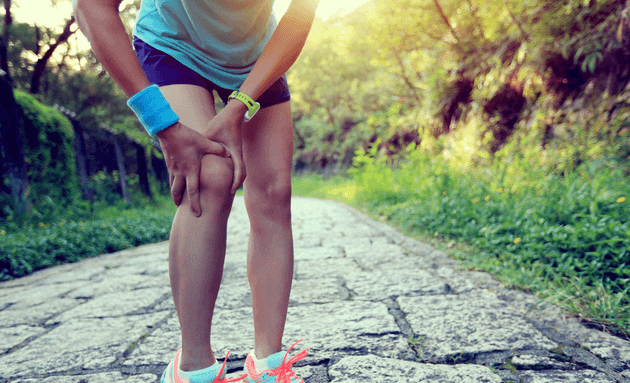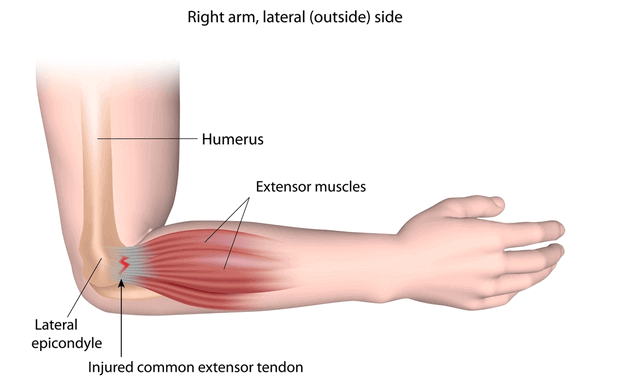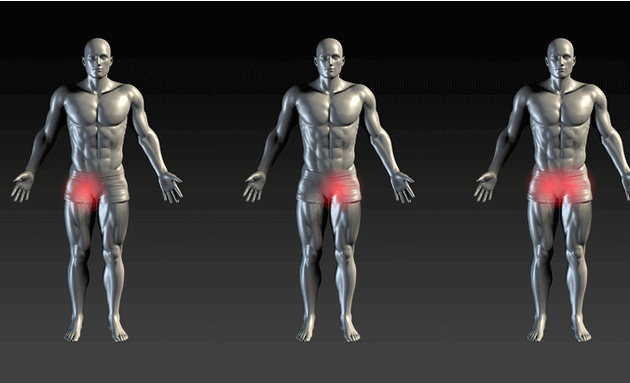How To Prevent And Treat The 7 Most Common Sports Injuries

Sports injuries are a common phenomenon when you engage in a sport or exercise. It is caused due to an application of a force on your body that is higher than what it can structurally withstand. Broadly speaking there are two types of sports injuries:
- Acute injuries that happen suddenly, like a sprained ankle due to an awkward landing on the wrong side of the foot.
- Chronic injuries, on the other hand, are caused by repeated exertion or overuse of the muscles or joints. Structural abnormalities, direct trauma, and poor techniques can often lead to the development of chronic injuries.
Are You at Risk of Getting a Sporting Injury?
You’re at risk for sports injuries if you:
- Aren’t regularly active
- Don’t warm up properly before exercise
- Play contact sports
What Are the Most Common Sports Injuries?
Playing a certain sport can be physically demanding, requiring our bodies to endure varied forms of stress and trauma. Anyone who has indulged in any form of sports or physical exercise will have experienced one or the other type of sports injury at some point in their lives. Find below a list of the 7 most common sports injuries.
Runner’s Knee

- Runner’s Knee is a term used to describe any injury or pain in and around your kneecap. Any activity such as walking, running, skiing, biking, cycling, and playing soccer can cause the runner’s knee. According to studies, women and people who are overweight are more prone to the runner’s knee.
Achilles Tendinitis
- Achilles tendinitis is an injury of the Achilles tendon, the band of tissue that connects the calf muscles at the back of the lower leg to your heel bone, due to overuse or exertion. It is common for people who play sports such as basketball and tennis.
Tennis Elbow

- Lateral epicondylitis, popularly known as tennis elbow, is an inflammation of the tendons in your elbow. It is caused due to repetitive motions of the wrist and arm due to activities and sports that involve overuse of the elbow. Contrary to its name, athletes are not the only ones suffering from tennis elbow. Other activities like plumbing, butchering, and carpentry can also cause tennis elbow.
Pulled Muscle
- A pulled muscle, or muscle strain, occurs when your muscles are overstretched or torn due to improper use. Strains can occur in any muscle but are most common in your muscle behind the thigh (hamstring), lower back, neck, and shoulders.
Groin Strain

-
This is one of the worst sports injuries and is caused due to sudden movements such as kicking, twisting to change direction while running, or jumping. Athletes are at the highest risk of this injury.
Shin Splints
- Shin splint pain is caused due to an inflammation of the muscles that surround the inner part of your shinbone The shinbone is the bone in the lower front part of your leg, between your knee and your ankle. It is caused due to inflammation of the muscles, tendons, and bones around your shin due to overuse or high impact and repetitive exercise of your lower legs. They are common problems for gymnasts, dancers, military, and runners.
Lower Back Pain

-
Lumbar or lower back pain is caused due to strain or sprain in your lower back. You could get this injury while lifting heavy weights at the gym, or use an improper technique when lifting. It is common for people who are into sports that involve repetitive movements such as volleyball, gymnastics, diving, cheerleading and dancing.
How Are Common Sports Injuries Treated?
Treatment for sports injuries will depend on the severity of your injury. Common, minor sports injuries are treated with what is known as PRICE therapy.
What is PRICE Therapy?

When playing a sport, there is always a threat of some form of injury or the other. You can you effectively manage these minor injuries at home using what is known as the PRICE principle in sports medicine.
- P stands for protection, of the affected area from further damage by using some form of support.
- R stands for rest, which indicates resting the affected area and reducing physical activity or exercise.
- I stands for ice, to be applied to the affected area for 15-20 minutes every two to three hours.
- C stands for compression, using elastic compression bandages to limit swelling during the day.
- E stands for elevation, which is keeping the affected body part raised above the level of your heart to avoid further swelling.
Over-the-counter and prescription painkillers also provide temporary relief from pain and swelling caused due to sports injuries. However, if you see any of the following symptoms, consult your doctor for a detailed examination:
- Severe swelling and pain
- Visible lumps or bumps
- Crunching sounds when you use the joint
- Instability and inability to rest weight on the joint
- Difficulty breathing
- Dizziness and fever
Most often, minor sports injuries can be treated at home and is not a matter of concern.





